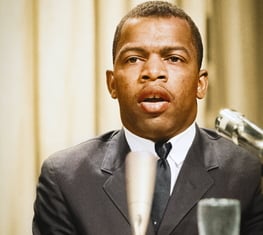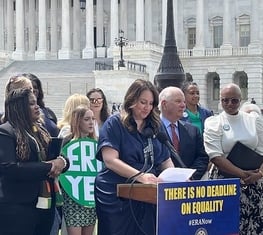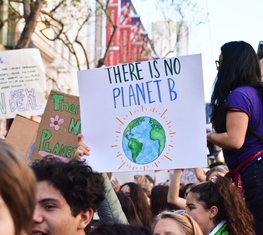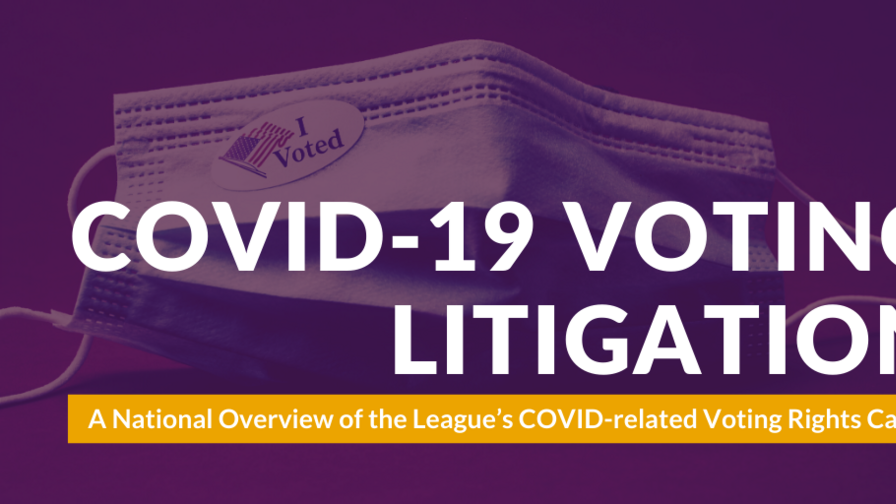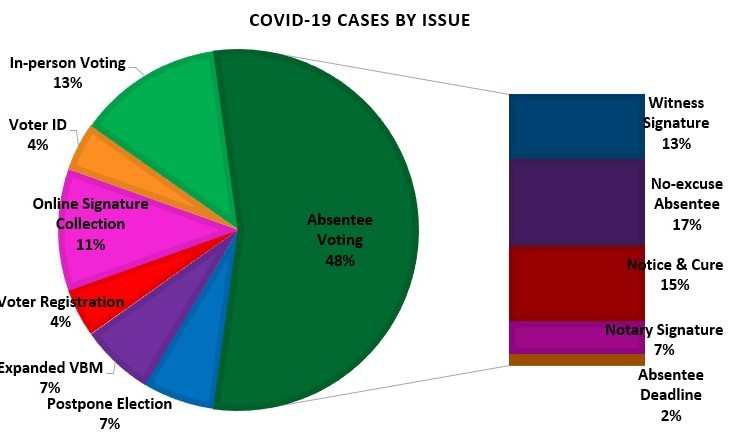In the Know: COVID-19 Voting Litigation
A national overview of the League’s COVID-related voting rights cases
In early January, the Center for Disease Control (CDC) issued the first public health advisory announcing that the United States was closely monitoring a cluster of pneumonia-like respiratory illnesses, which would later by identified as the novel coronavirus. The U.S. recorded its first case on January 20 in Washington state and the Department of Health and Human Services (HHS) declared a public health emergency shortly thereafter.
By March 26, the United States confirmed 3,142 cases and 565 deaths, prompting 21 states to pass stay-at-home orders lasting from two weeks to two months, in the absence of a federal stay-at-home mandate or other compulsory guidance from the White House Coronavirus Task Force. By April, many states in the Southern and Western region were lifting stay-at-home orders, or “reopening,” as coronavirus cases appeared on the decline, while other states in the Northeast and Pacific Northwest, notably New York and Washington, saw rapid increases in reported cases and deaths, extending their stay-at-home orders.
Following Super Tuesday on March 3, the coronavirus pandemic metastasized during the primary election season, placing most voters in the deeply troubling predicament of risking their health to exercise their constitutional rights to vote as only five states (Oregon, Washington, Colorado, Utah, and Hawaii) conduct elections entirely by mail and only 30 states permit no-excuse absentee voting. In several states, election officials lacked meaningful emergency election plans to address the coronavirus pandemic as illustrated by the enforcement of bans on in-person voting, restrictive absentee ballot requirements, failure to expand vote-by-mail opportunities, rigid voter registration and ballot initiative deadlines, and refusal to ensure that in-person voting is safe for both poll workers and voters.
Considering states’ failure to ensure all voters could vote safely amid the coronavirus, the League sprang into action by initiating litigation in 26 states this year.
The League’s litigation is focused on a creating “hybrid elections,” which maintain safe in-person voting options, expand vote-by-mail, and require election officials to provide a notice and cure period to correct absentee or mail-in ballot deficiencies.
Leagues in Oklahoma, Rhode Island, and Virginia successfully challenged the requirement that mail-in or absentee ballots have two witness signatures or a notary seal, arguing that the requirements endangered voters’ health because they necessitate violation of social distancing recommendations.
At the League’s request, Federal courts in North Dakota and New Jersey ordered a moratorium on the rejection of mail-in ballots due to suspected signature mismatches absent a robust notice and cure process. In Arkansas and Oregon, the League successfully argued that strict adherence to witness and notarization requirements and deadlines for signatures on petitions for ballot initiatives constituted an undue burden on freedom of speech during the pendency of the pandemic, as the signature collection process endangered the petitioners’ health.
The Kentucky League is currently challenging Kentucky’s SB2, which was enacted over Governor Beshear’s veto in April and which requires a copy of voters’ photo ID to be sent along with absentee ballots. Connecticut and Missouri Leagues are currently challenging their respective states’ narrow categories for absentee voting, advocating that voters who fear COVID-19 transmission should qualify for and receive absentee ballots. In Missouri, the League’s litigation spurred the passage of SB 631, which permitted any voter who feared COVID-19 to vote by mail for the November 2020 general election.
Civil Rights Considerations
Because Black and brown voters no longer have the full protection of the Voting Rights Act, the League is also focused on ensuring that in-person voting remain accessible as Black and brown voters have their mail-in ballots rejected at a disproportionate rate due to error-prone signature match requirements and other minor deficiencies.
As an example, New York State had the highest ballot rejection rate at 14% during the 2018 mid-term. The combination of misinformation and skepticism of young voters and communities of color in particular, coupled and the United States Postal Services’ precarious financial position, indicates action is needed to ensure voter confidence in 2020. The League is advocating for contact-less ballot drop-boxes, strategic voting precinct consolidation that prioritizes low-income communities and voters with disabilities, and expansion of early voting days in all states, with related litigation pending in North Carolina, Pennsylvania and Ohio.
The Wisconsin and Georgia primaries displayed yet more examples of the civil rights issues that the pandemic complicates. Both states experienced extremely long lines for in-person voting as a result of poll closures due to limited resources and a dwindling number of poll workers. Both states also closed several polling places in densely populated cities like Atlanta and Milwaukee, which depressed the Black vote. In the quest to maximize limited resources during the pandemic, states must consider the suppressive effect that polling place closures, precinct consolidation, and error-prone signature match requirements have on voters of color, the elderly, and voters with disabilities. In all of the cases the League has filed this year, we prioritize the aforementioned groups to ensure that all voters have an equal opportunity to exercise their right to vote.
In the times of COVID-19, a state’s intentional lack of action or purported neutrality in respect to enforcement of voting laws can equate to partisan and racial voter suppression, particularly in jurisdictions with a documented history of disenfranchisement. For example, in Alabama, election officials declined to institute measures to make in-person voting safer and doubled down on photo ID requirements and witness signatures for absentee ballots. Enforcement of Alabama’s current voting laws will undoubtedly pose heightened health risks for voters of color as most of the state’s 1,627 coronavirus deaths come from predominately Black communities, like Lowndes County. In states like Alabama, the pandemic presents election officials with a new opportunity to defend unreasonably restrictive laws under the guise of protecting democracy from voter fraud, but the League is not convinced and will continue working to protect the voting rights of Black and brown communities whom the state leaves behind.
Because of the ever-changing circumstances surrounding the coronavirus and states’ lack of robust election budgets and material resources, states need the ingenuity of outside groups like the League to assist in re-imagining elections during this pandemic. Though the COVID-19 pandemic upended the economy and virtually every facet of daily life, voters and the American democracy cannot afford the same chaos as citizens are grappling with a nationwide reckoning on racial and social justice, which is certain to be a motivating issue at the polls. As of August 3, the League has protected and expanded the right to vote in nine states and has coronavirus-related voting litigation pending in 11 states, and we continue to empower and educate millions of voters through VOTE411.
The Latest from the League
VOTE411 now has everything you need to know about election changes during COVID-19—in both English and Spanish.
The League of Women Voters Education Fund launched the COVID Elections Fund to reduce the crippling impacts of the coronavirus on voters.
When removing voters from the rolls, election officials should err on the side of protecting democracy not increasing disenfranchisement.
Sign Up For Email
Keep up with the League. Receive emails to your inbox!
Donate to support our work
to empower voters and defend democracy.
